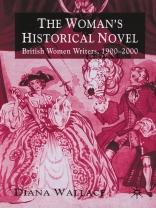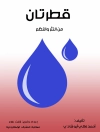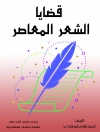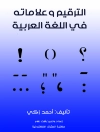The historical novel has been one of the most important forms of women’s reading and writing in the twentieth century, yet it has been consistently under-rated and critically neglected. In the first major study of British women writers’ use of the genre, Diana Wallace tracks its development across the century. She combines a comprehensive survey with detailed readings of key writers, including Naomi Mitchison, Georgette Heyer, Sylvia Townsend Warner, Margaret Irwin, Jean Plaidy, Mary Renault, Philippa Gregory and Pat Barker.
Tabela de Conteúdo
Preface Acknowledgements Introduction Entering into History: The Woman Citizen and the Historical Novel, 1900-1929 Histories of the Defeated: Writers Taking Side in the 1930s Writing the War and After: Wicked Ladies and Wayward Women in the 1940s Hollow Men and Homosexual Heroes: Exploring Masculinity in the 1950s The Return of the Repressed: Maternal Histories in the 1960s Selling Women’s History: Popular Historical Fiction in the 1970s ‘Herstory’ to Postmodern Histories: History as Dissent in the 1980s Dialogues with the Dead: History and the Sense of an Ending, 1990-2000 Postscript Bibliography Index
Sobre o autor
DIANA WALLACE is Reader in English and Head of Division of English at the University of Glamorgan, UK. Her publications include
Sisters and Rivals in British Women’s Fiction, 1914-39 (Macmillan, 2000) and articles in
Gothic Studies,
Critical Survey and
Studies in the Literary Imagination.












